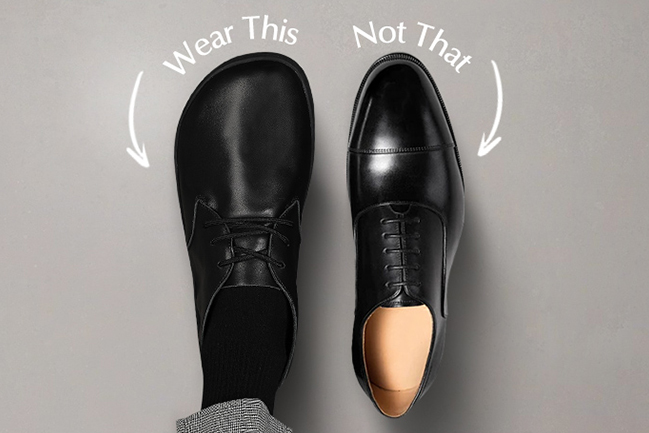In the running circle, there is a saying: the best running shoes are no shoes.
Sports injuries caused by running are the most worrying problem for runners. Studies have shown that the annual injury rate of runners for fitness purposes is 37%-56%; while the injury rate of long-term training athletes is as high as 85%. In order to reduce sports injuries caused by running, people invented professional running shoes!
However, after a period of data statistics and research, scientists found that with the development of sports shoe technology, the sports injury rate caused by running has not changed much! Some injury rates have even increased!
In the marathon arena, people found that more and more professional runners choose to run barefoot, and even the famous barefoot marathon has appeared. This is really the real version of “barefoot is not afraid of wearing shoes”!
Can barefoot running really reduce sports injuries? What is the difference between barefoot running and running with shoes? Is barefoot running a demon or an advanced running method? Let’s study it together today.
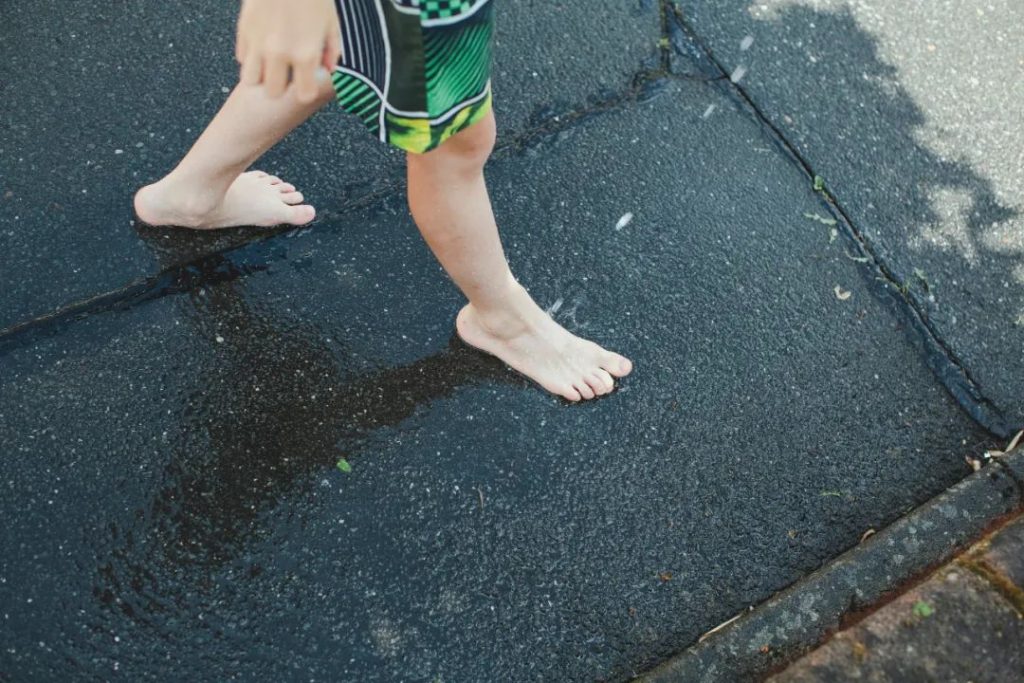
What is barefoot running?
When it comes to barefoot running, we must first talk about what barefoot running is. In fact, barefoot running does not only refer to barefoot running. Barefoot running is actually a way of running barefoot or wearing unsupported and unprotected shoes for jogging. The biggest difference from regular running is that barefoot runners do not have any foot protection devices.
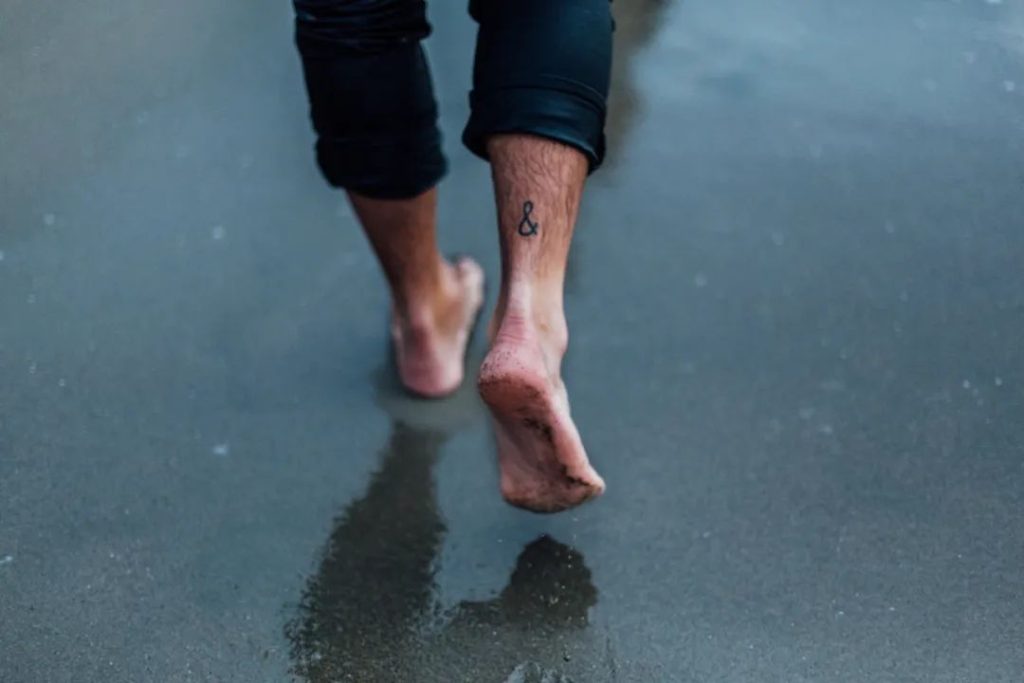
What is the difference between barefoot running and running with shoes?
Contrary to the common belief that barefoot running may be more prone to injury, barefoot runners seem to have fewer knee injuries and heel pain than runners wearing running shoes.
Studies have found that wearing shoes every day for a long time can also lead to foot weakness and arch collapse. But this damage may be reversible. Various problems often encountered in clinical practice, such as corns, hallux valgus, toe deformities, flat feet and arch collapse, are almost non-existent in countries that are accustomed to barefoot running.
Many barefoot running enthusiasts switched from traditional running shoes to barefoot running because of the impact of running shoes on the soles of the feet or the pain caused by incorrect running posture. Barefoot running just has the effect of correcting running posture and saying goodbye to the constraints of running shoes.
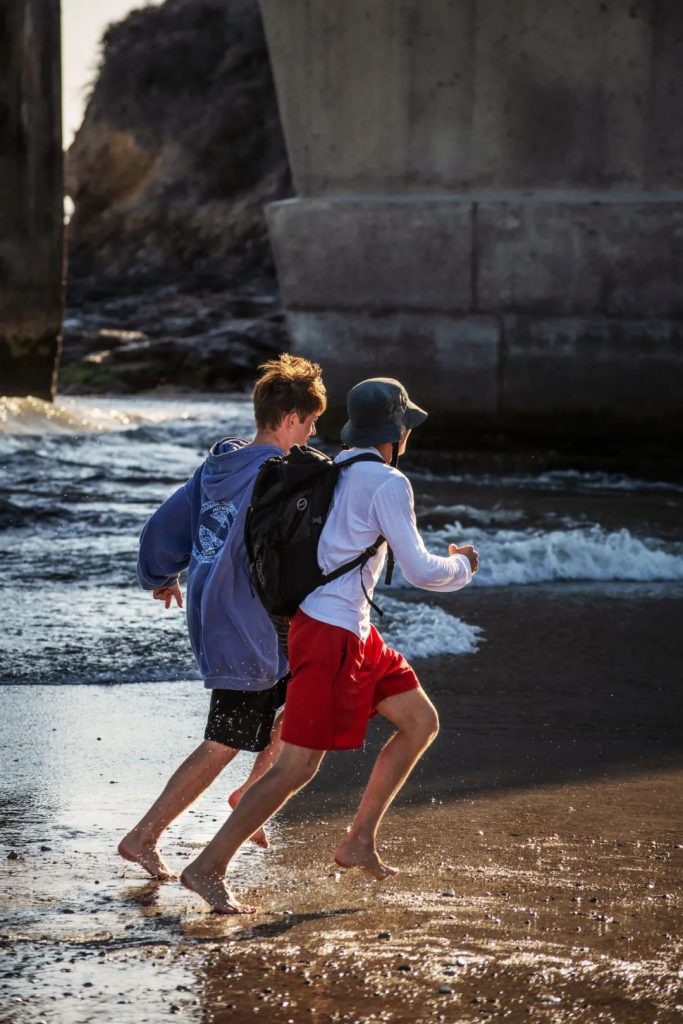
Usually, the landing posture of runners has such characteristics: when you step on a soft surface, your legs and feet will automatically increase the force of stepping down; when running in thick-soled running shoes with good cushioning, your feet will instinctively try to step through the soles of the shoes and find the solid ground below.
When you run in thick-soled running shoes, even if you land on your heels or hit the ground hard, you will not feel the impact of the ground obviously due to the protection of the running shoes. It will reduce the quality of information transmitted to the brain and spinal cord, resulting in a more sluggish running function.

From a physiological point of view, the heel of a person is not a part used for running.
About the correct running posture-landing on the forefoot? Or landing on the heel, such a debate has never stopped in the running world! From the moment of barefoot running, whether walking or running, runners will instinctively activate the physiological injury prevention mechanism.
No matter how the heel landing cannot be changed, it will turn to the forefoot landing under the subconscious state of this mechanism. Over time, it will form a habit, and when you wear traditional shoes again, you will be surprised to find that you rarely land on the heel again.
Therefore, the difference between running with shoes and running barefoot is transformed into the difference between running with the heel first and the sole first.
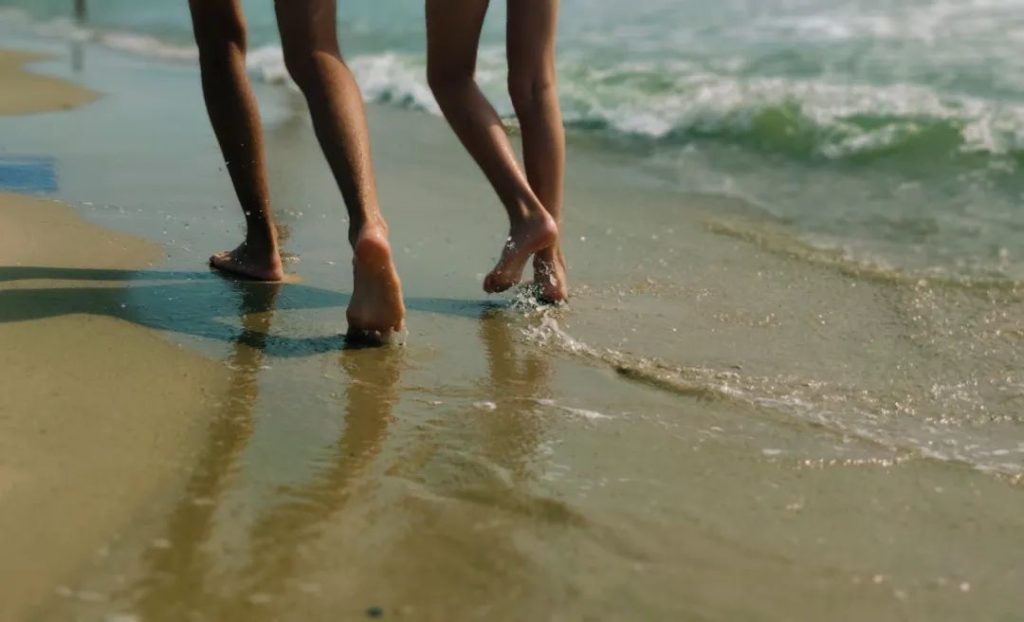
So, what is the difference between running with the heel first and the sole first?
When the heel lands first:
The impact force of the heel landing passes through the heel, to the ankle, to the calf, up to the knee, thigh and the whole body, which will form a huge impact force of 2-3 times the body weight that is close to vertical to the ground, which will bring a greater burden to the knee and ankle joints and ligaments.
When the forefoot lands first:
There are many small bones in the forefoot, and the impact force of the ground can be well dispersed and buffered. The body’s natural shock absorbers are activated: the arch of the foot, tendons and calves. The forefoot has an inclined angle with the ground, and only bears an impact force of 0.5-0.7 times its own body weight, and it is transferred to the heel through the arch of the foot. Correspondingly, the burden on the knee and ankle joints is light, so the chance of injury is small.


How to start barefoot running scientifically?
But it is worth noting that barefoot running is not suitable for everyone, and the transition to barefoot running needs to be a gradual process, otherwise it will overload the runner’s muscles and tendons.
Start with 30 minutes of barefoot exercise every day, and stick to it for 3-4 weeks to give you enough time to thicken the skin on the soles of your feet to avoid being scratched/stabbed by the ground during future running.
At the beginning, walk first, then jog, and finally run normally, but be sure to strictly control it within 30 minutes. If you transition too quickly, you may suffer from plantar fasciitis.
Also, be sure to choose a hard surface, such as asphalt or concrete, which will help you find the feeling of the forefoot landing faster; do not choose soft sand or grass.
You can try to bounce up, which helps to relax the metatarsal bones and calves; at the same time, you can do some exercises to strengthen the feet and ankles.
Humans are actually making progress from wearing shoes to walking to taking off shoes to running. Although barefoot running has many benefits, I hope that you will pay attention to protecting yourself and not getting injured in the early stages of trying it.

